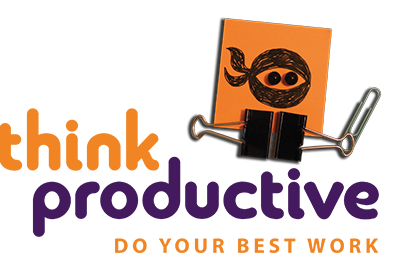It’s important to be aware of your changing attention levels throughout the day
It helps you plan your tasks and make best use of your time.
MORNING: I don’t wake up easily and I’m not much of a morning person. I take a while to get going in the mornings, so first thing, my mind is a bit foggy and I need either a coffee or at least a good idea from a plan I wrote in a previous period of proactive attention to get any momentum going.
MID-MORNING: From then on, I’m pretty fresh for a good couple of hours. I’ll hopefully use this time to make the big decisions that day.
LUNCH: This then tails off before lunch, and during lunch itself.
EARLY AFTERNOON: After lunch, most people are sluggish. Trust me, I run workshops and give talks that often start at this time, commonly known in the training and speaking world as ‘the graveyard slot’ for this reason.
LATE AFTERNOON: What’s interesting for me is that then I tend to have a little spurt of very positive proactive attention, before tailing off again. And often the impending end of a workday encourages some added focus, which comes at a cost because as soon as this tails off I’m completely knackered and good for nothing more.
—
How much proactive attention time do I have here?
Less than you think. Two to three hours a day, Monday to Thursday, and just one and a half to two hours on a Friday.
Like this? Try these
Sign up to one of Time Management Training Courses
Productivity or resistance? A checklist thinkproductive.co.uk
The Pomodoro Technique – A Definition by Think Productive UK

